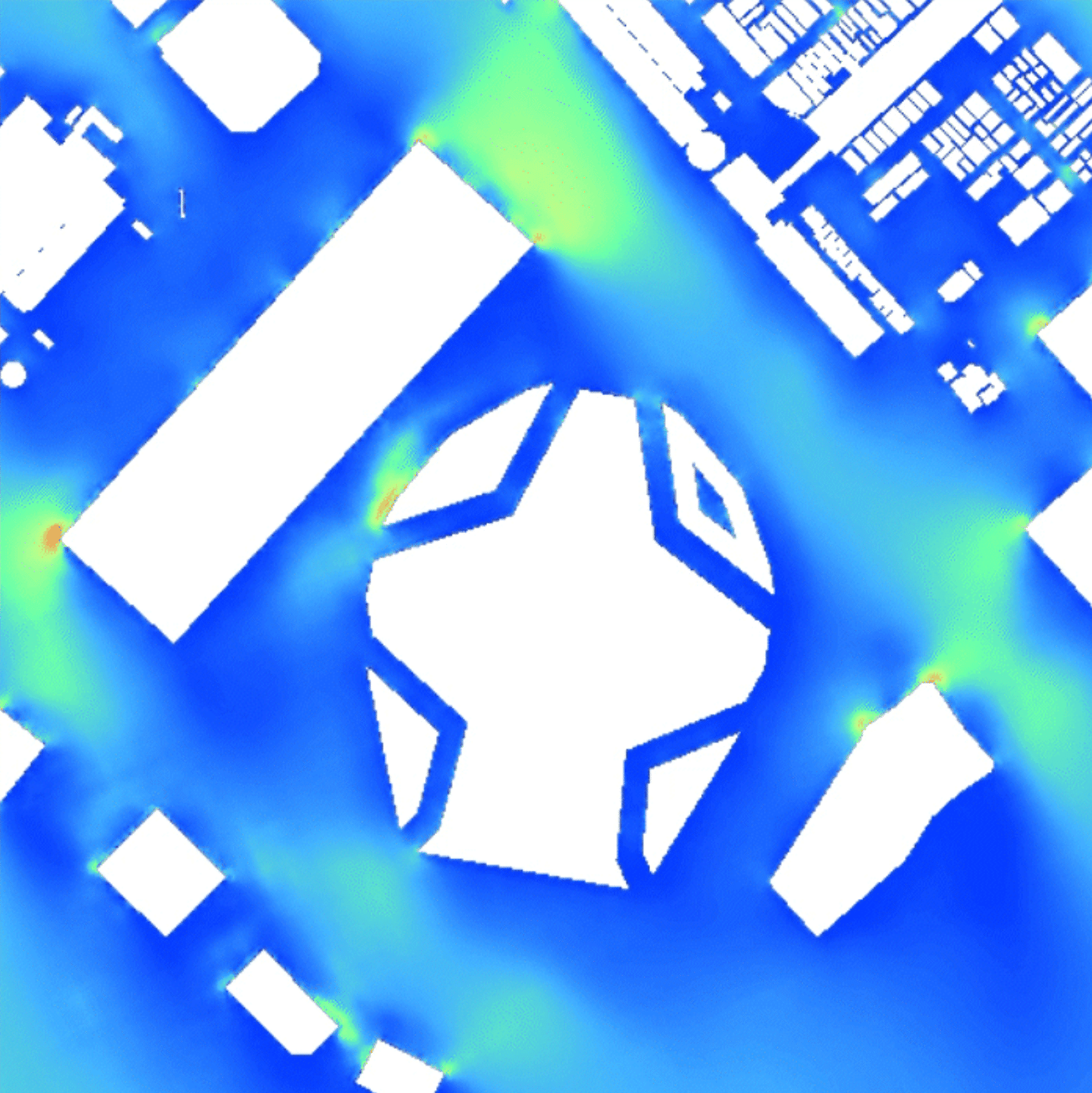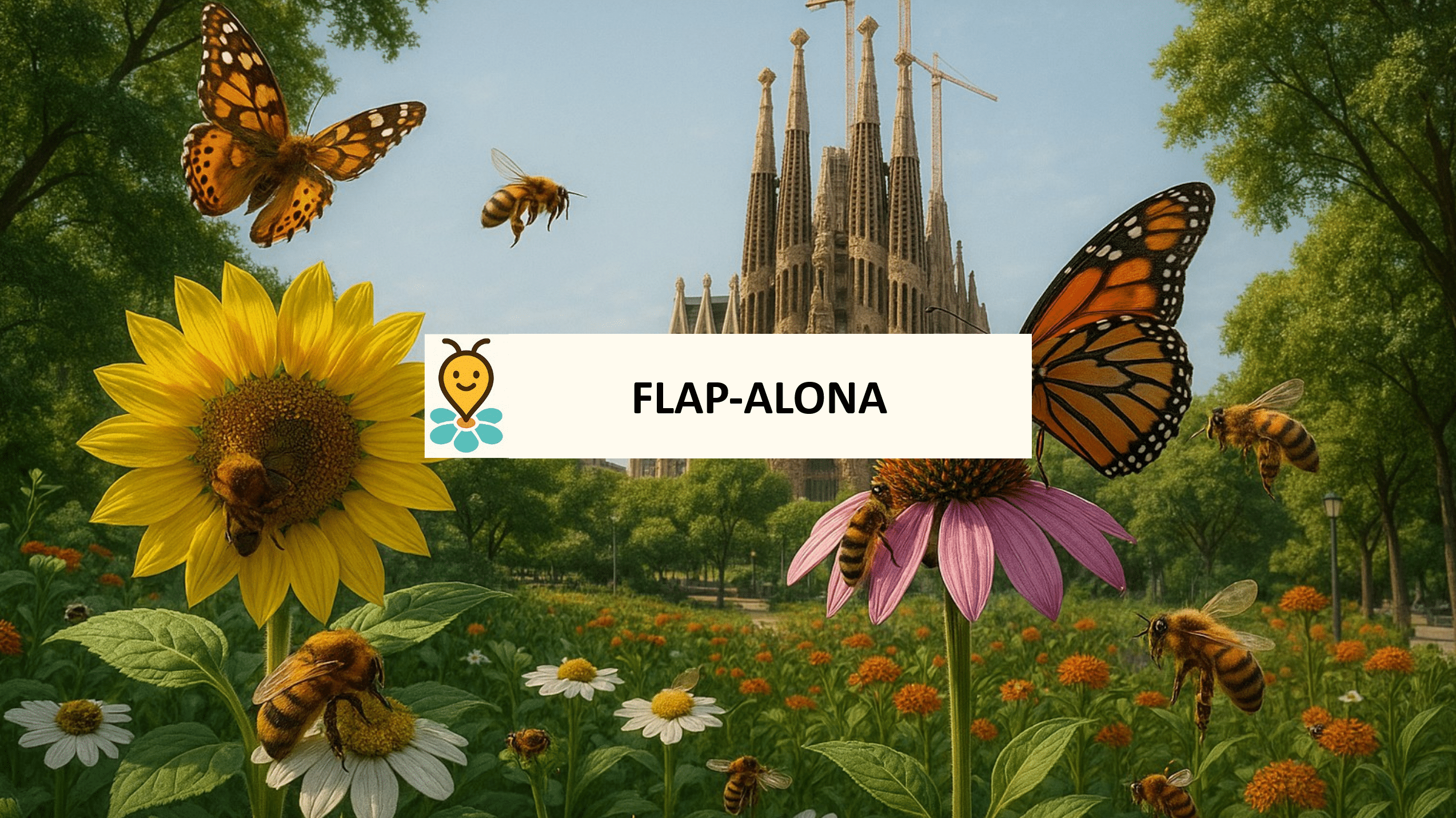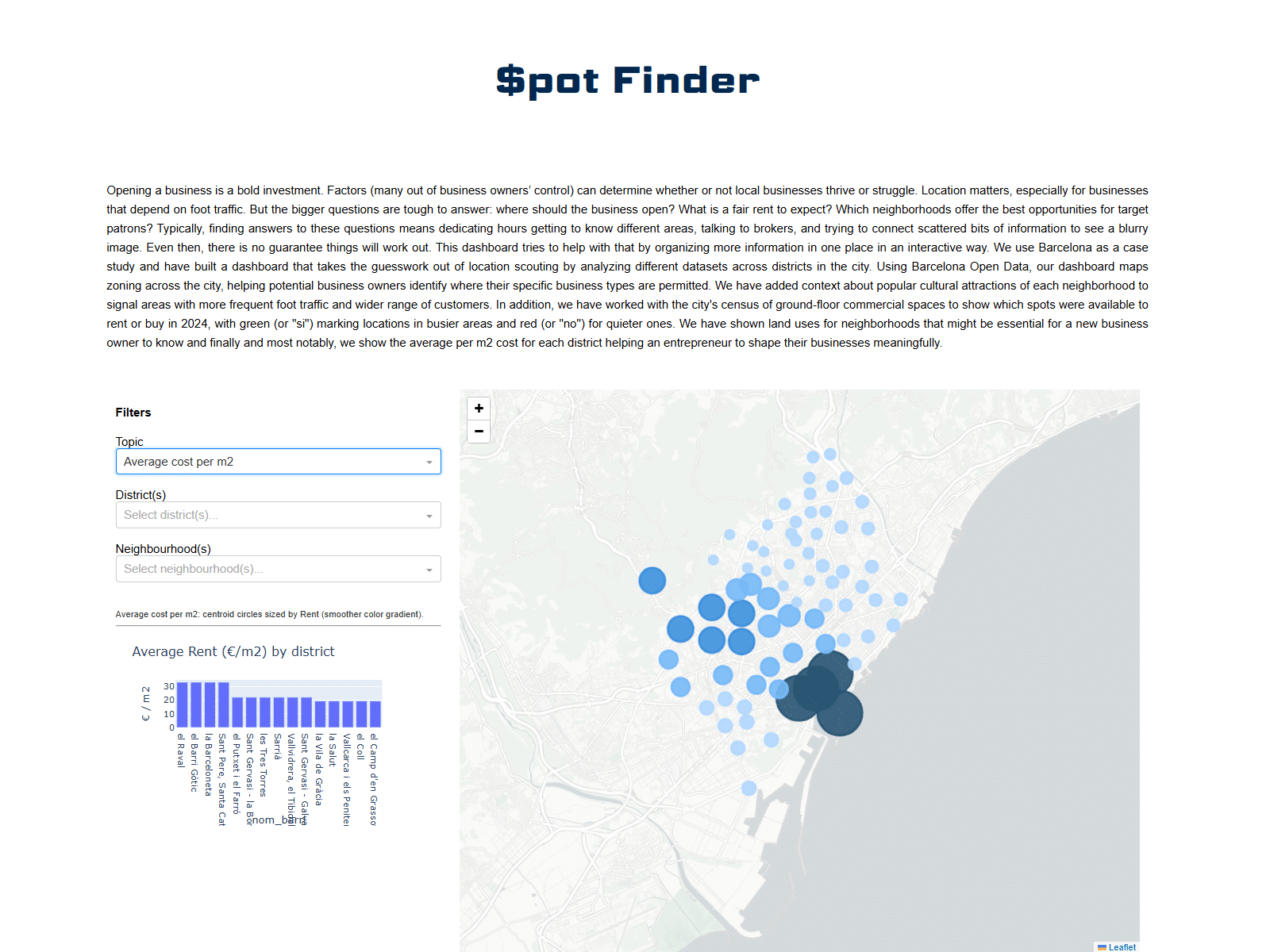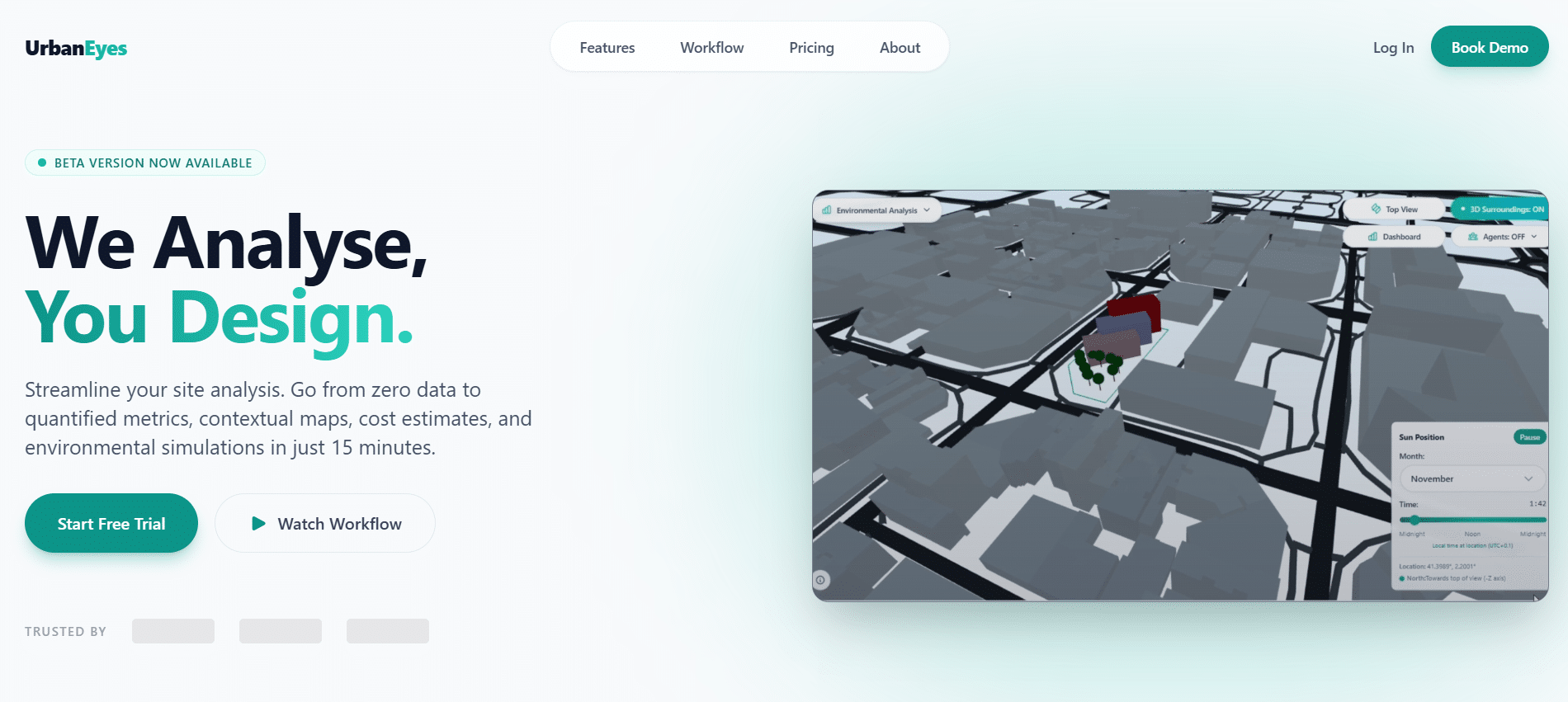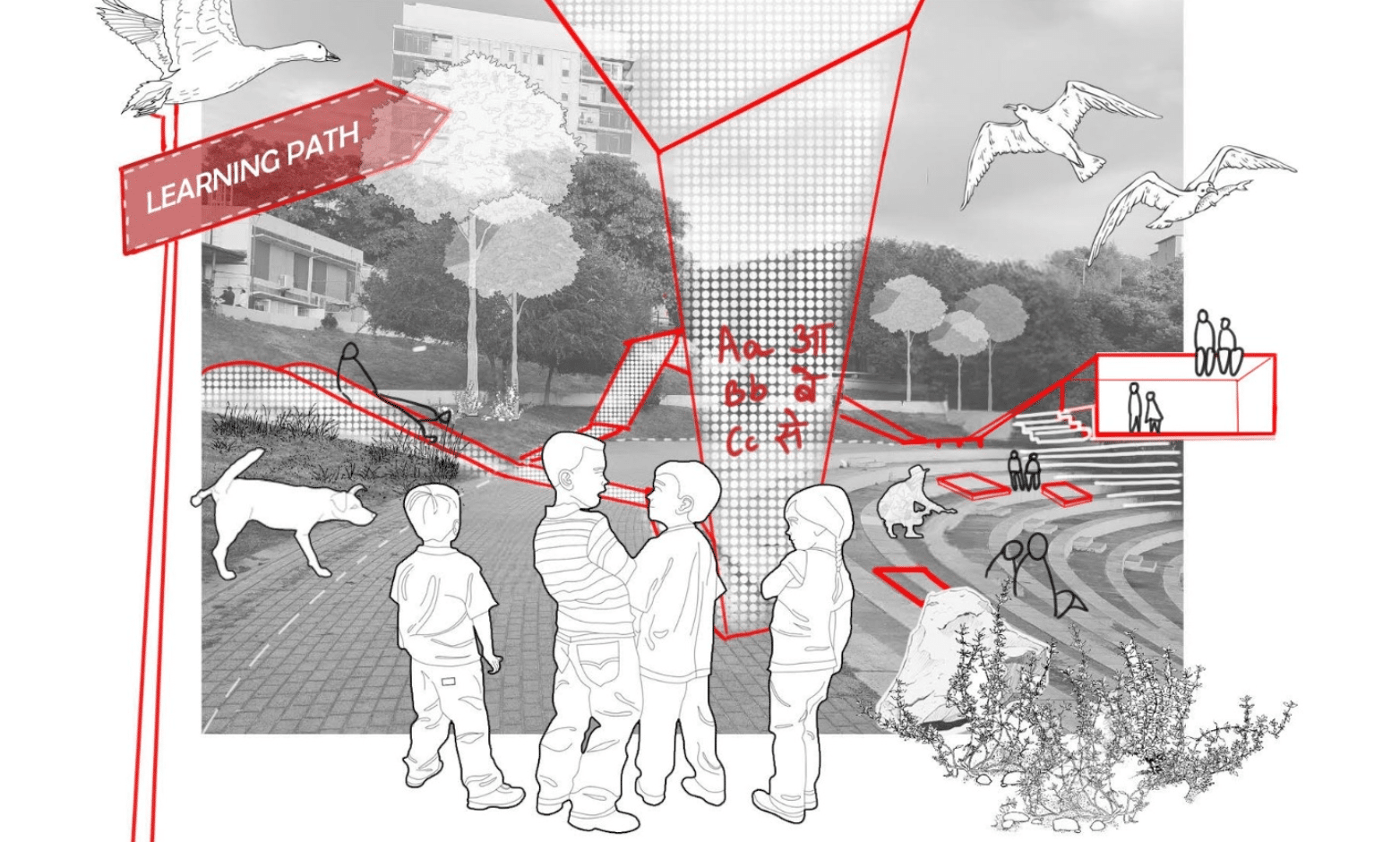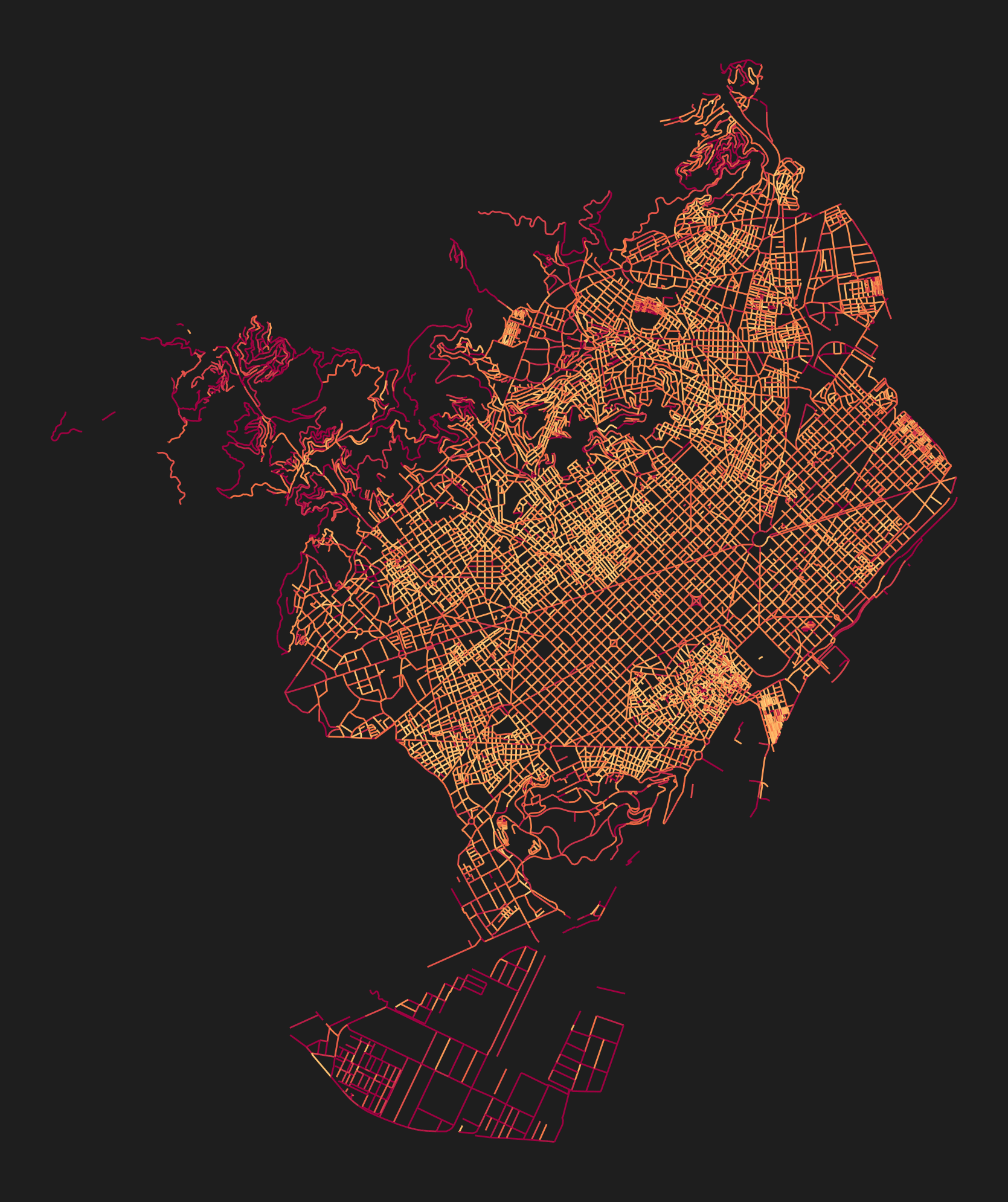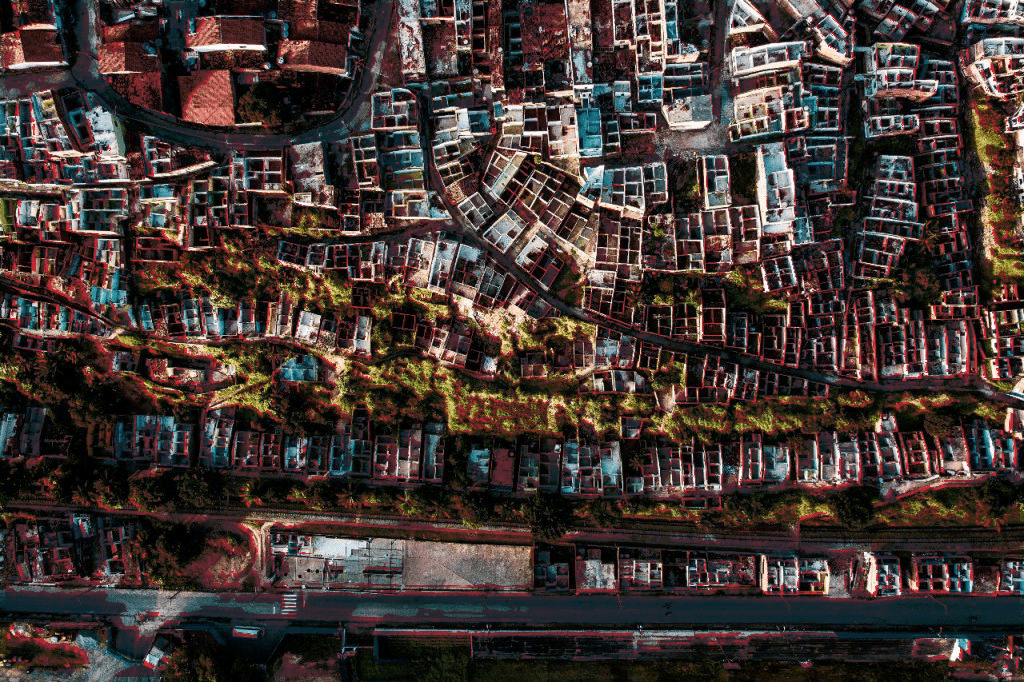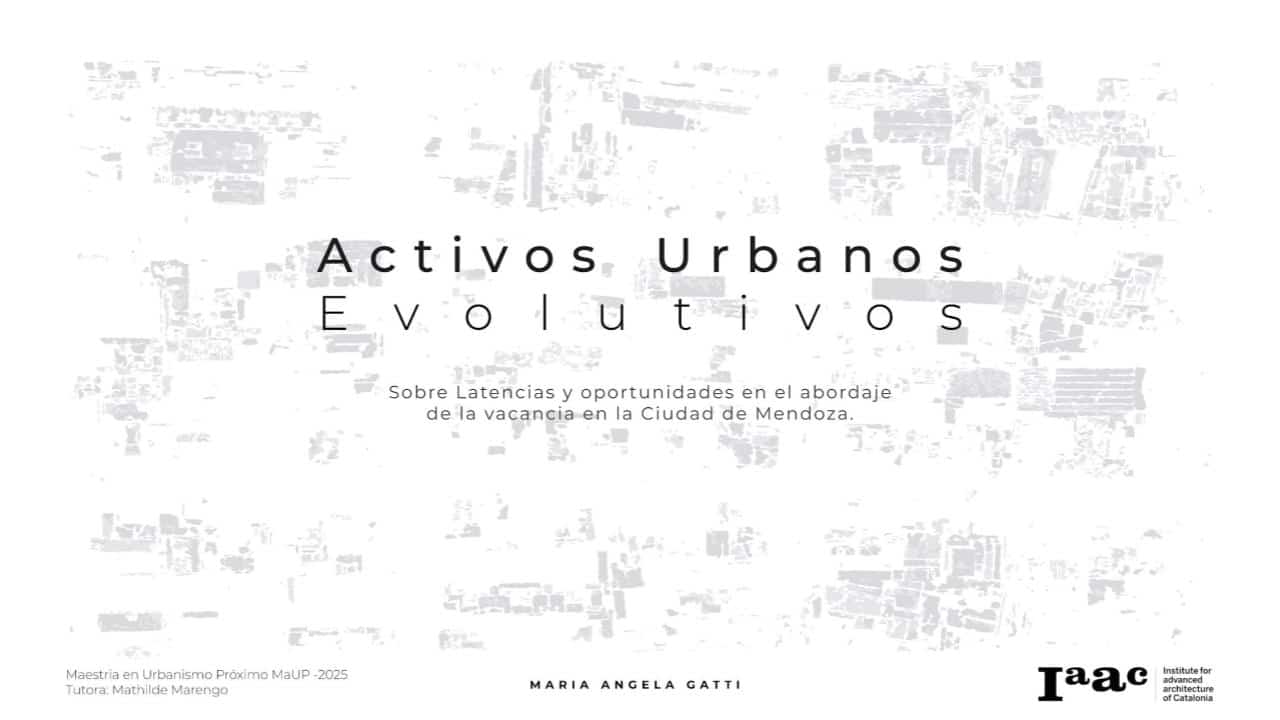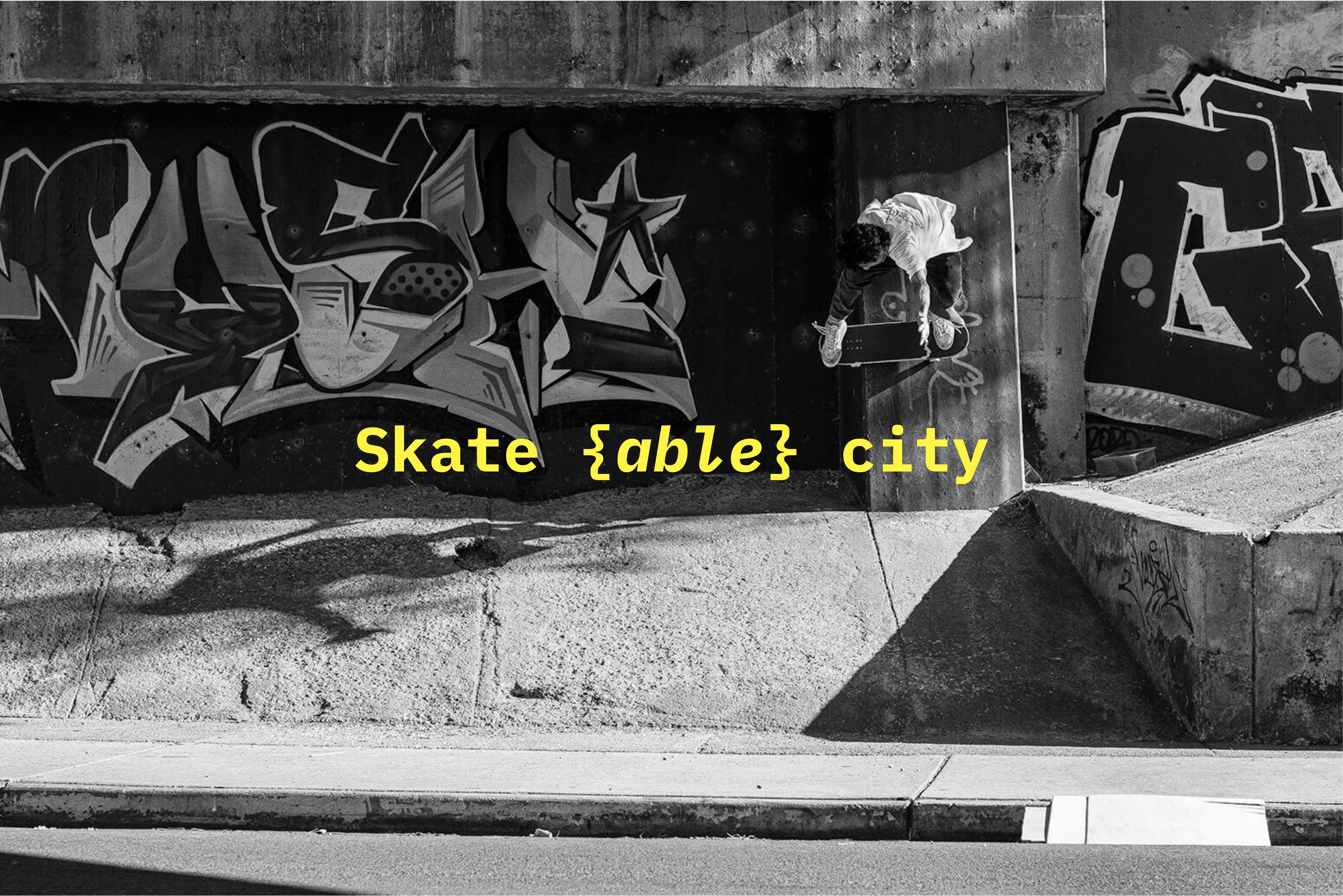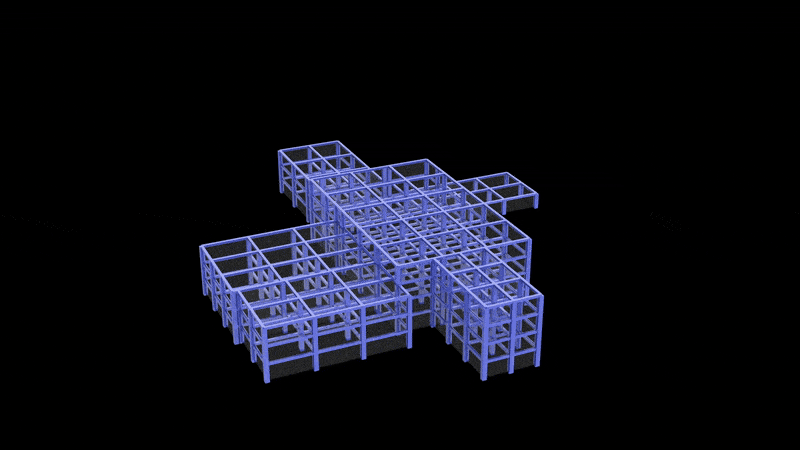Revitalizing the Tsukiji Fish Market: An Environmental Analysis of Tokyo
Introduction Group Async A, comprised of Charles Abi Chahine, Emilie El Chidiac, María Sánchez, and Lakzhmy Zaro, conducted an environmental analysis of a redevelopment project in Tokyo, Japan. We focused on a 19-hectare plot that was historically the site of the Tsukiji fish market. The Challenge of Dressing for TokyoAnyone who has visited Tokyo’s famous … Read more

